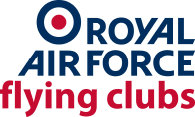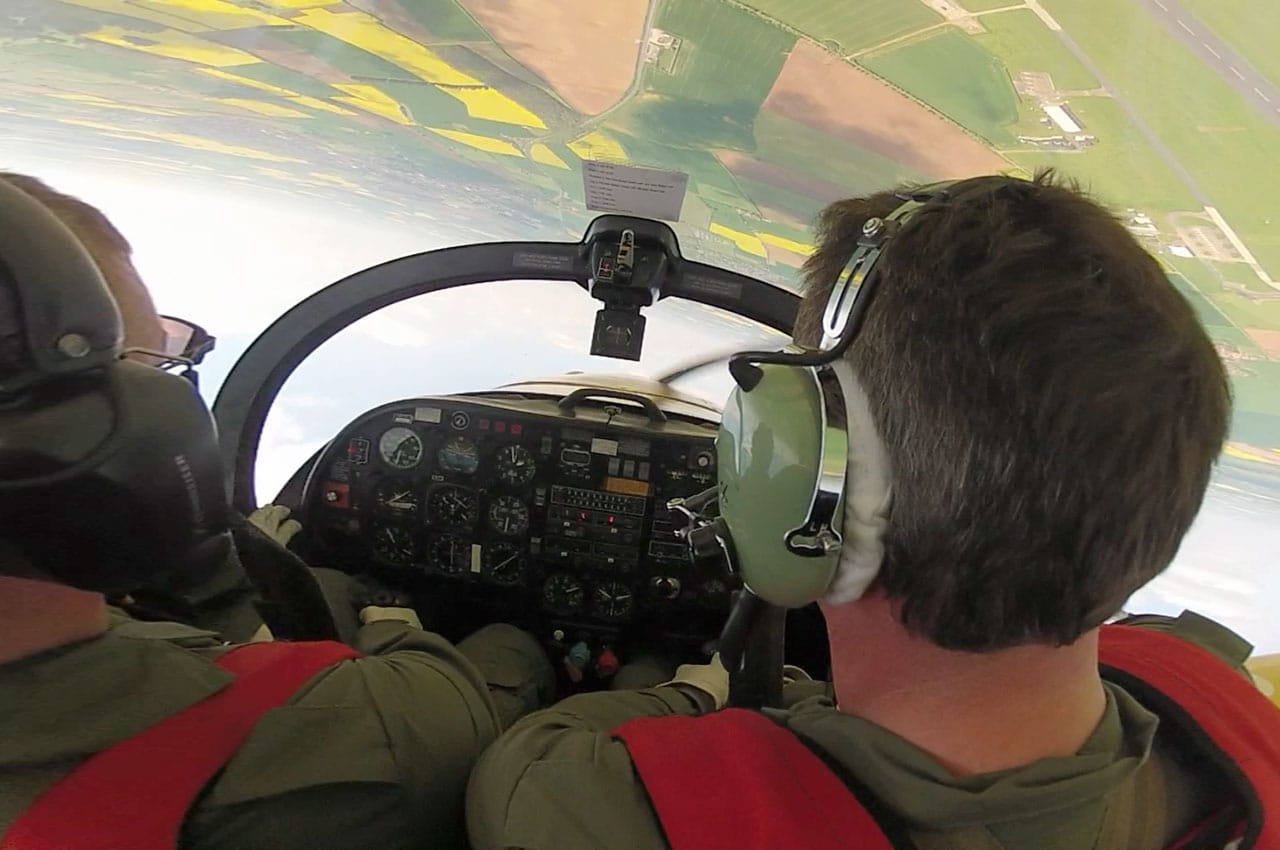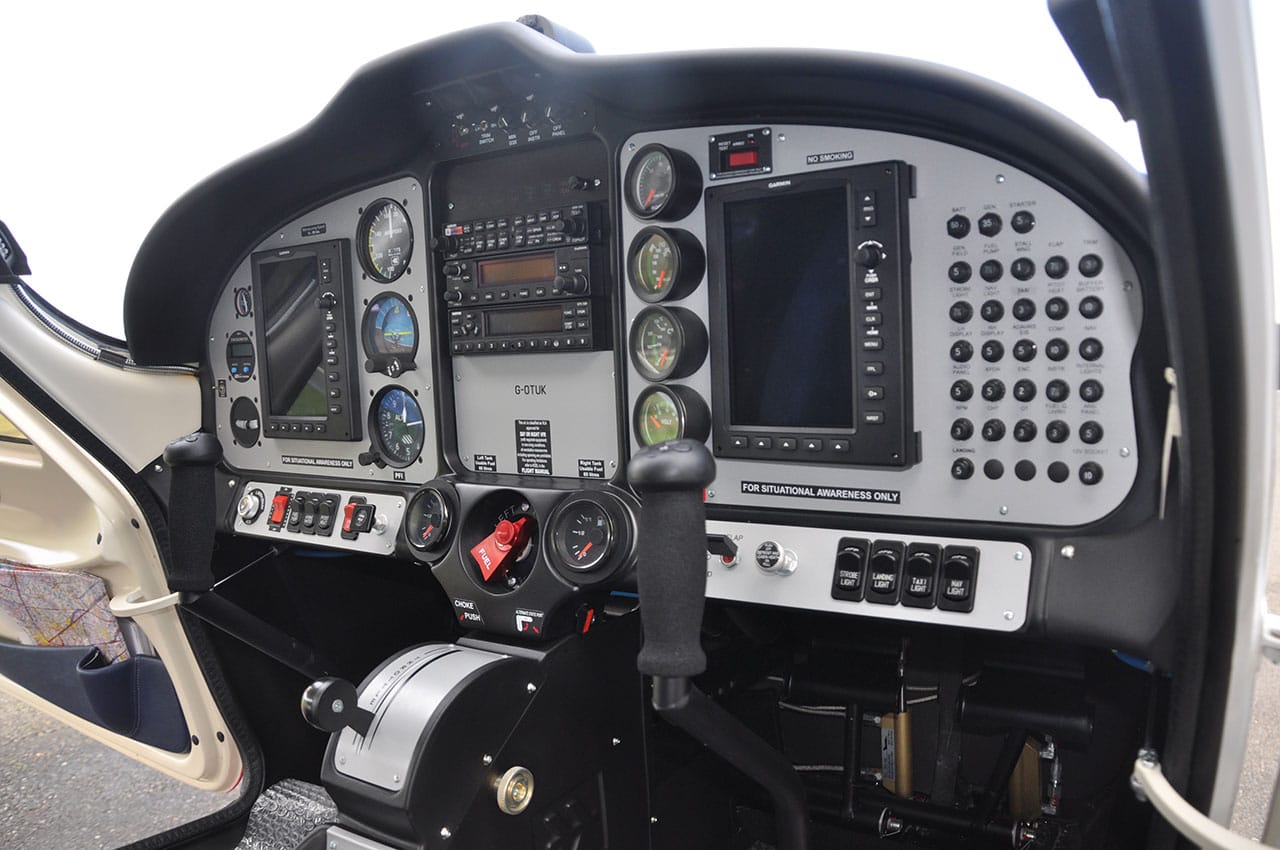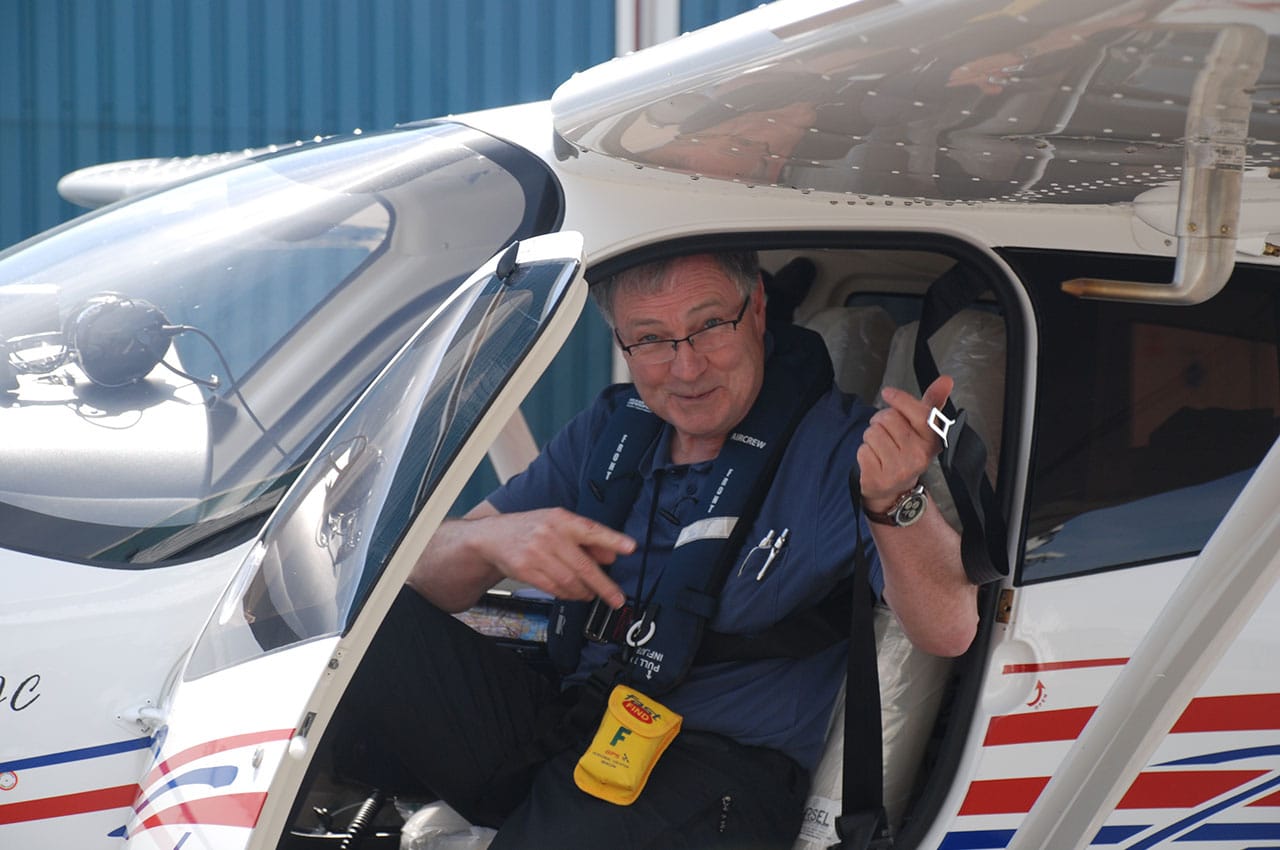Additional Ratings & Qualifications
Once you have gained your Private Pilot’s Licence, there are a number of other qualifications and ratings you can achieve.
Once you have gained your Private Pilot’s Licence, there are a number of other qualifications and ratings you can achieve. The most significant achievement would be to obtain an Instrument Rating which would allow you to fly in all weathers – using the airways like a commercial pilot. If you intend to fly for a living, then you will need such a rating. However, for the private pilot who flies for leisure, these are relatively expensive and probably only a realistic goal if you have a necessity to fly from A to B, whatever the weather. If you do have this requirement, get in touch!
Night Qualification
Having a night qualification relieves the pressure should your flight be delayed and night starts to set in before you reach your destination. This qualification is a requirement for you to carry passengers at night. It is an excellent addition to your PPL.
Syllabus
Flight Training: 5 hours night flying
- 3 hours dual
- 1 hour dual navigation
- 5 solo take-offs and landings
- No flight test
Ground Training:
- One to one briefing covering the night qualification syllabus
- Explanation of aerodrome approach and surface lighting
- Night navigation procedures
- Night emergencies
- No examination
Restricted Instrument Rating (IR(R))
The Restricted Instrument Rating (IR(R)) rating allows holders to fly in Instrument Meteorological Conditions within the boundaries of UK airspace. It permits the holder to be far more flexible in the type of weather he or she wishes to fly in and, given the somewhat fickle conditions common in the UK, it may well allow you to go flying one afternoon when you may well have been disappointed had you not added the rating. However, it should be noted you cannot exercise its privileges overseas. If you can see yourself flying in Europe frequently it might be wise to consider a full Instrument Rating (IR) course instead. The IR(R) rating permits you to take-off and land in visibility as low as 1800 metres, and more significantly allows you to fly in and on top of cloud, in and below class ’D’ airspace, and even make instrument approaches. It is NOT an Instrument Rating, but will give you certain new privileges and enable you to make flights with more confidence.
The IR(R) course includes fifteen hours in an aircraft and includes landings but does not include the final flight test.
Syllabus
Flight Training: 15 hours dual instrument flying including:
- VOR, ADF, DME & GPS in training
- Instrument approaches
- Bad weather circuits
- Flight Test
Ground Training:
- Physiological Factors
- Flight Instruments & Radio Navigation Aids
- Aeronautical Information Publications
- Flight Planning
- Privileges of IMC Rating
- Written examination
Aerobatic Courses
The AOPA Basic Aerobatic Course covers basic aerobatic manoeuvres such as looping, rolling, stall turns and combinations of manoeuvres.
Syllabus
- Minimum of 6 hours
- 3 hours of briefings/lectures
- Flight Test
The AOPA Intermediate Aerobatic Course covers intermediate aerobatic manoeuvres such as Flick Rolls, Rolling Turns, Climbing rolls, in addition to those manoeuvres carried out in the Standard Aerobatic Course.
Syllabus
- Minimum of 6 hours
- 3 hours of briefings/lectures
- Flight Test







